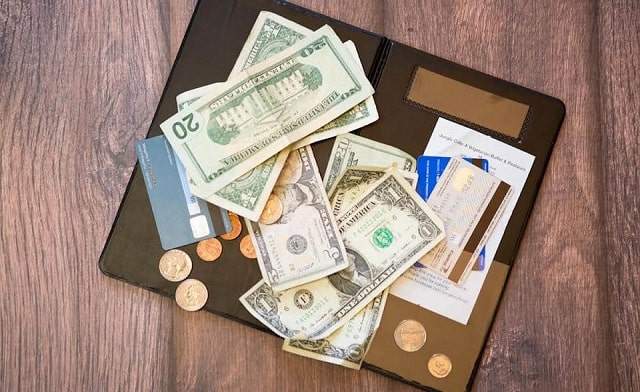Travelling overseas is exciting, but you need to figure out how you will pay for products and services. Since the Australian Dollar isn’t as popular as the US Dollar, you can probably rule out using your own currency as cash.
Fortunately, you have alternatives to ensure your dream vacation doesn’t become a nightmare.
Here are the best payment methods when travelling internationally.
Credit Card
Most first-time overseas tourists believe they can pay for everything using credit cards. In reality, the card must allow foreign transactions. In addition, you may pay a processing fee of 1-5% of each transaction. It seems minor, but it can add up to a significant amount by the end of your trip.
Regardless, credit cards are convenient. They make tracking your spending easy, and most companies offer redeemable loyalty points for regular customers.
Prepaid Debit Card
A prepaid debit card is a perfect alternative to a credit card if you don’t want to add to your debt. Before your trip, you can load the card with the amount of money you wish to spend. Then, upon arriving, you will use the card to pay for things or make cash withdrawals at ATMs.
Like credit cards, your prepaid debit card must allow a foreign transaction for you to use overseas. When you get the card, you must pay an activation fee, and most providers charge 1-3% for every transaction.
Additionally, prepaid debit card holders must pay a monthly fee. Therefore, keeping the card idle for an extended period (usually six months) can result in dormancy and attract a reactivation fee.
The biggest drawback of debit cards is that they don’t use the current conversion rate. Instead, they rely on ATMs’ dynamic currency conversion, which is usually higher than average rates.
Local Currency
You can also obtain the local currency of the country you intend to visit. Besides being the most convenient payment method, the local currency is the best backup if your credit and debit cards aren’t accepted.
Sometimes, you might experience issues with your cards, but having some cash can help you through the day. Even if you have cards, it’s wise to carry some local currency.
However, using cash has some disadvantages. For example, the exchange rates might be high in your country.
Secondly, multiple ATM withdrawals will cost you significant transaction fees. You can save by making bulk withdrawals, but carrying a lot of cash is a security risk.
Digital Wallets
Digital wallets such as Android Pay, Apple Pay, Samsung Pay, and many more are practical alternatives to cash when travelling abroad.
Once you link these platforms to your bank account, they allow you to pay for goods and services from anywhere worldwide. When overseas, the wallets convert your Australian dollars into the destination foreign currency in real time.
The main problem with digital wallets is recency. As an upcoming technology, some countries are yet to adopt it.
So, if you aren’t lucky, you might find that local stores in your preferred destination don’t accept this payment method.
Cryptocurrency Payment Cards
Cryptocurrencies are gaining popularity worldwide, with many companies starting to accept digital currencies as payment methods. Cryptocurrency payment cards allow you to convert fiat money into virtual money and work like credit and debit cards.
Like other bank cards, crypto payment cards are fast – the money reflects on your account immediately after you make a payment. An added bonus is that the cards have low transaction fees.
On the downside, cryptocurrencies are volatile. When the values dip, you will pay more for a service you’d have otherwise gotten at a low price. However, this volatility can be beneficial when the values surge.
Traveller’s Cheque
Traveller’s cheques are a safer alternative to cash. Unlike cash or plastic cards, you don’t lose money when you misplace or get robbed of your chequebook.
You can get this cheque from your bank. When overseas, you can convert it into cash to pay for goods and services. This conversion happens at bank or forex bureaus, where you must countersign the cheque to authorize the transaction. During the conversion, you must carry a photo ID.
Know more: How to Save Money on Holiday Travel?
Wrapping Up
Travelling overseas is an exciting prospect. However, you’ll need money to get the best souvenirs and experience. Plastic cards and cheques are ideal for convenience, but having a little local currency is highly recommended.
Few Hand Picked articles for you
Places to Visit Near Hyderabad
How much gold you can carry from USA to India
Places to Visit Near Ahmedabad
Places to Visit Near Bangalore


